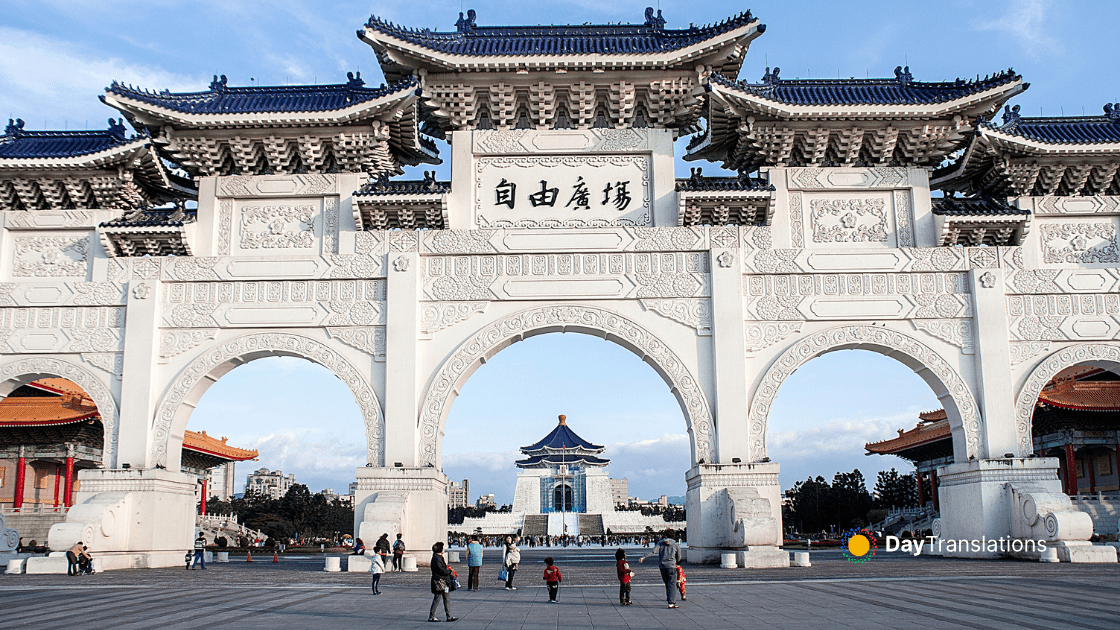The Kingdom of Saudi Arabia is the largest country of the Arabian Peninsula. It is bordered to the northwest by Jordan, to the north by Iraq and Kuwait, to the west by the Red sea and to the east Qatar, the United Arab Emirates and Oman, and to the south by Yemen. The Kingdom’s geographic location makes it an easy passage for the markets of Europe, Asia and Africa. Saudi Arabia possesses 25% of the world’s proven petroleum reserves and plays a leading role in the Organization of Petroleum Exporting Countries (OPEC). Saudi Arabia is an important force for stability in its region and also in global energy markets.
In this Country Profile
:: Geography of Saudi Arabia ::
Location: Middle East, bordering the Persian Gulf and the Red Sea, north of Yemen.
Geographic coordinates: 25 00 N, 45 00 E
Area:
total: 2,149,690 sq km
land: 2,149,690 sq km
water: 0 sq km
Area – comparative: slightly more than one-fifth the size of the US
Land boundaries:
total: 4,431 km
border countries: Iraq 814 km, Jordan 744 km, Kuwait 222 km, Oman 676 km, Qatar 60 km, UAE 457 km, Yemen 1,458 km
Coastline: 2,640 km
Maritime claims:
territorial sea: 12 nm
contiguous zone: 18 nm
continental shelf: not specified
Climate: harsh, dry desert with great temperature extremes.
Terrain: mostly uninhabited, sandy desert
Elevation extremes:
lowest point: Persian Gulf 0 m
highest point: Jabal Sawda’ 3,133 m
Natural resources: petroleum, natural gas, iron ore, gold, copper
Land use:
arable land: 1.67%
permanent crops: 0.09%
other: 98.24% (2005)
Natural hazards: frequent sand and dust storms
Environment – current issues: desertification; depletion of underground water resources; the lack of perennial rivers or permanent water bodies has prompted the development of extensive seawater desalination facilities; coastal pollution from oil spills.
Environment – international agreements: party to: Biodiversity, Climate Change, Climate Change-Kyoto Protocol, Desertification, Endangered Species, Hazardous Wastes, Law of the Sea, Marine Dumping, Ozone Layer Protection, Ship Pollution- Signed, but not ratified: none of the selected agreements.
:: People of Saudi Arabia ::
Population: 28,146,656 note: includes 5,576,076 non-nationals (July 2008 est.)
Age structure:
0-14 years: 38% (male 5,458,023/female 5,245,911)
15-64 years: 59.5% (male 9,470,353/female 7,284,696)
65 years and over: 2.4% (male 356,910/female 330,764) (2008 est.)
Median age:
total: 21.5 years
male: 22.9 years
female: 19.8 years (2008 est.)
Population growth rate: 1.954% (2008 est.)
Birth rate: 28.85 births/1,000 population (2008 est.)
Death rate: 2.49 deaths/1,000 population (2008 est.)
Net migration rate: -6.82 migrant(s)/1,000 population (2008 est.)
Sex ratio:
at birth: 1.05 male(s)/female
under 15 years: 1.04 male(s)/female
15-64 years: 1.3 male(s)/female
65 years and over: 1.08 male(s)/female
total population: 1.19 male(s)/female (2008 est.)
Infant mortality rate:
total: 11.94 deaths/1,000 live births
male: 13.58 deaths/1,000 live births
female: 10.23 deaths/1,000 live births (2008 est.)
Life expectancy at birth: 3.89 children born/woman (2008 est.)
total population: 76.09 years
male: 74.04 years
female: 78.25 years (2008 est.)
Total fertility rate: 3.89 children born/woman (2008 est.)
HIV/AIDS – adult prévalence rate: 0.01% (2001 est.)
HIV/AIDS – people living with HIV/AIDS: NA
HIV/AIDS – deaths: NA
Nationality: noun: Saudi(s) adjective: Saudi or Saudi Arabian
Ethnic groups: Arab 90%, Afro-Asian 10%
Religions: Muslim 100%
Languages:. Arabic
Literacy:
definition: age 15 and over can read and write
total population: 78.8%
male: 84.7%
female: 70.8% (2003 est.)

Sorry, the comment form is closed at this time.